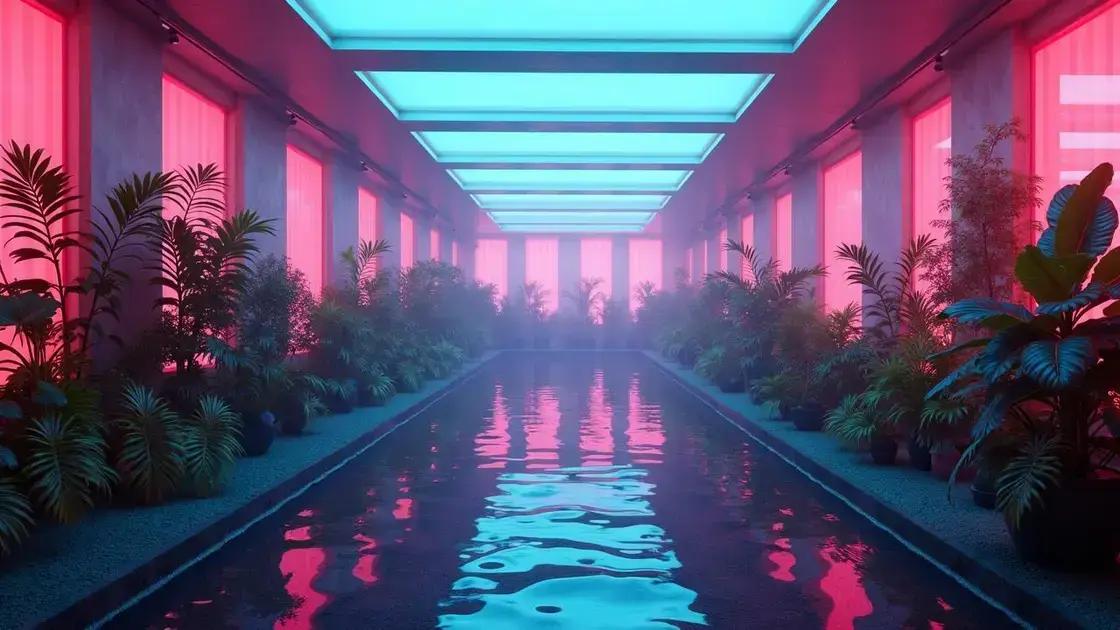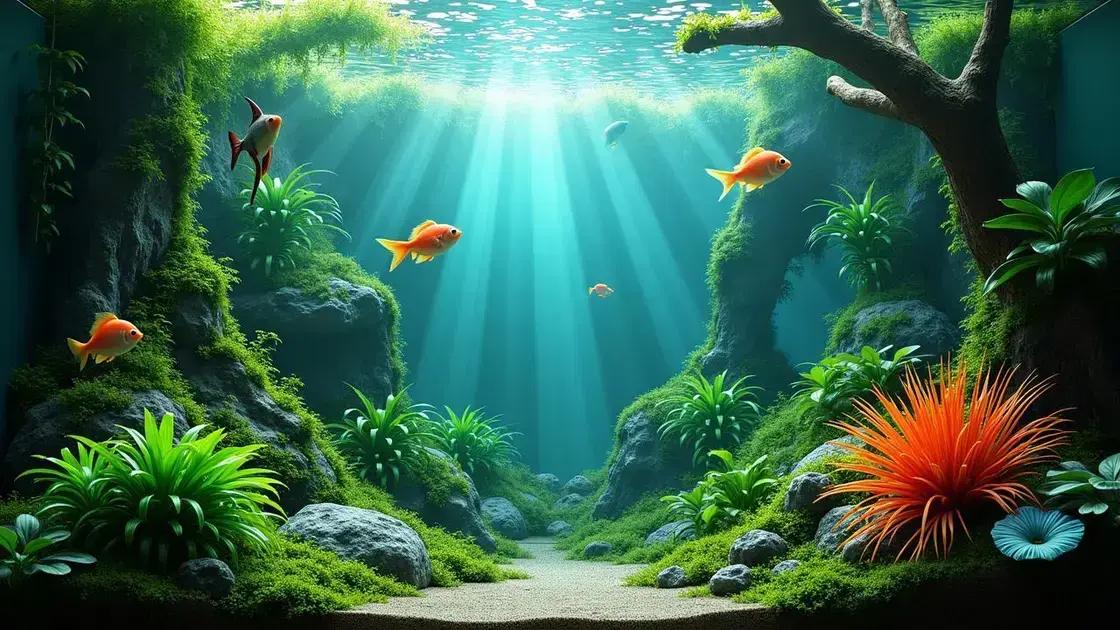How to Take Care of Aquarium Plants: 7 Essential Tips for Success
How to take care of aquarium plants isn’t just about feeding them nutrients. The growth of vibrant aquatic plants can enhance the beauty and ecosystem of your aquarium. Light, water quality, and maintenance play pivotal roles in keeping your plants flourishing. Let’s explore how to create an ideal environment for your aquatic buddies.
Table of Contents
ToggleUnderstanding the basics of aquarium plant care
How to take care of aquarium plants involves understanding the fundamentals of their needs and environments. Proper care ensures vibrant aquatic life and enhances the overall beauty of your aquarium. Here’s a deep dive into the essentials that every aquarium enthusiast should know.
Understanding light conditions
Aquarium plants thrive under specific lighting conditions. Ensure that your aquarium receives the right spectrum and intensity of light:
- Use full-spectrum LED lights for optimal growth.
- Provide 8 to 12 hours of light per day.
- Adjust light height depending on plant types.
Water quality matters
Quality water conditions are key to keeping your plants healthy:
- pH levels: Keep levels between 6.0 and 7.5.
- Nutrients: Ensure adequate nitrogen and phosphorus.
- Temperature: Maintain consistent temperatures between 72°F to 78°F.
Fertilizing your aquarium
Regular fertilization is essential for healthy aquarium plants:
- Use liquid fertilizers designed specifically for aquarium use.
- Follow a schedule depending on plant growth and type.
- Monitor nutrient levels to prevent excess which could harm aquatic life.
Common plant problems
Identifying and resolving common issues is crucial:
- Yellowing leaves: Often a sign of nutrient deficiencies.
- Stunted growth: Can be due to inadequate light.
- Algae growth: Balance light, nutrients, and water to prevent.
For additional tips on maintaining a thriving aquatic environment, consider exploring indoor gardening techniques that can enhance your aquarium experience. With a proper understanding of these basics, your aquarium plants will flourish beautifully.
Essential lighting requirements for healthy plants

Essential lighting requirements for healthy plants play a crucial role in the growth and vitality of aquarium plants. Proper lighting helps to promote photosynthesis and ensures that your aquatic plants thrive in their environment. Here’s what you need to know about creating the optimal lighting conditions for your aquarium.
Types of lighting for aquariums
Different types of lights can be used to support the growth of aquarium plants:
- LED lights: Energy-efficient and long-lasting, LED lights provide the full spectrum necessary for plant growth.
- Fluorescent lights: Popular for aquariums, they provide sufficient light but need to be replaced regularly.
- Metal halide lights: Powerful and effective for deep tanks but can raise water temperature.
Duration of exposure
How long you keep the lights on each day significantly affects plant health:
- Keep lights on for about 8 to 12 hours daily.
- Maintain consistent lighting schedules to prevent stress on the plants.
- Use timers to automate light duration for convenience.
Light intensity requirements
Understanding the intensity of light is essential:
- Low light plants require about 20 to 40 PAR (Photosynthetically Active Radiation).
- Medium light plants thrive with 40 to 70 PAR.
- High light plants benefit from over 70 PAR for optimal growth.
If you’re wondering how to make your aquarium plants flourish, consider exploring indoor gardening techniques that can enhance your knowledge. Lighting truly is one of the cornerstones of successful aquarium plant care.
Common problems with aquarium plants and solutions
Common problems with aquarium plants and solutions can greatly impact the health and beauty of your aquatic ecosystem. Identifying these issues early is crucial for maintaining vibrant plants. Below are some common problems you may encounter along with effective solutions.
Yellowing leaves
When aquarium plants’ leaves turn yellow, it often indicates a nutrient deficiency:
- Nitrogen deficiency: Use a nitrogen-rich fertilizer to enhance growth.
- Iron deficiency: Apply a chelated iron supplement to restore leaf health.
- Over-fertilization: Check your feeding routine and adjust as necessary.
Stunted growth
If your plants seem to be growing slowly or not at all, consider these solutions:
- Check the light intensity and duration; adjust to recommended levels.
- Evaluate water parameters: pH, hardness, and nutrient levels.
- Ensure adequate space between plants to allow for growth.
Algae overgrowth
Algae can compete with your plants for resources. Here’s how to manage it:
- Control nutrient levels: Avoid excess nitrate and phosphate.
- Limit light exposure, especially if your tank gets direct sunlight.
- Introduce algae-eating fish or snails to help keep algae in check.
To learn more about maintaining a healthy aquarium, consider exploring indoor gardening techniques that can be beneficial for your plants as well. Understanding these common issues can help you create a thriving aquatic environment.
In conclusion
Taking care of aquarium plants is a rewarding endeavor that transforms your aquatic space into a vibrant ecosystem. By understanding the essentials such as lighting requirements, nutrient needs, and common problems, you can ensure your plants thrive beautifully. Consistent maintenance and attention to detail will lead to a thriving aquarium. For more insights into enhancing your indoor gardening experience, explore these tips on enhancing your indoor garden to elevate your plant care game even further.

